The Potager: Gardening from the past, made for the future

By garden designer Charlie Bloom. A Potager by definition is an "ornamental kitchen garden", its intrinsic beauty being that it is both practical and aesthetically pleasing.
16 Aug 2011 | 4 min read
This makes it a concept for practical design and planting, in a day and age where self sufficiency, aesthetics, limited time and space are the general concerns when it comes to gardening. The potager therefore is the way forward, though the idea is steeped in the past, both on the domestic and grand scale, the concept is very much one for today and the future.
History of the potager
The potager originated in Medieval France, amongst the monasteries. "Potager" literally meaning a thick and substantial soup, all the ingredients for this soup could be grown in the kitchen garden or Potager.
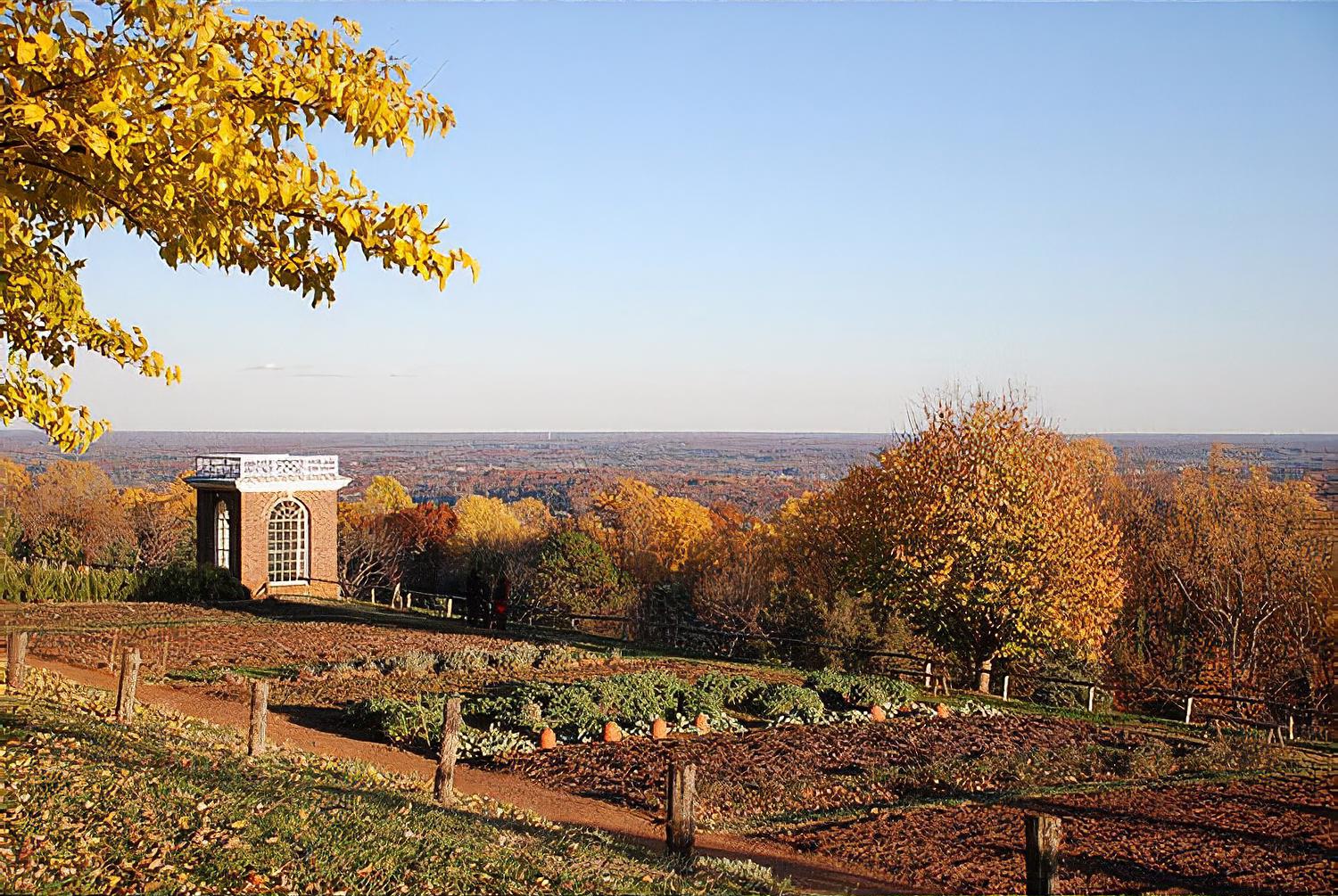
Based upon the four bed, cross design, the potager not only had a practical use, but mirrored the religious symbolism entrenched in the monastic life. The success of such "kitchen gardens" came from their ability to provide sustenance, but also to please the eye in a celebration of gods natural world and the harvest he would provide. Flowering annuals, herbs and medicinal perennials mixed amongst the vegetables and fruits, allowed for maximum use of a small space, thus the potager was created as a domestic utility garden on a modest scale.
However in true French style the concept was taken and elaborated during the 16th Century Renaissance and Baroque Garden de la Françoise period; where the humble potager was reproduced alongside elaborate parterres, cascading fountains and formal and grand architecture. Versailles was the archetypal Garden de la Françoise. The potager, became the grand kitchen garden, laid out in geometric grids, renowned for their beauty in repetition and order and yet still as practical as their humble fore fathers.
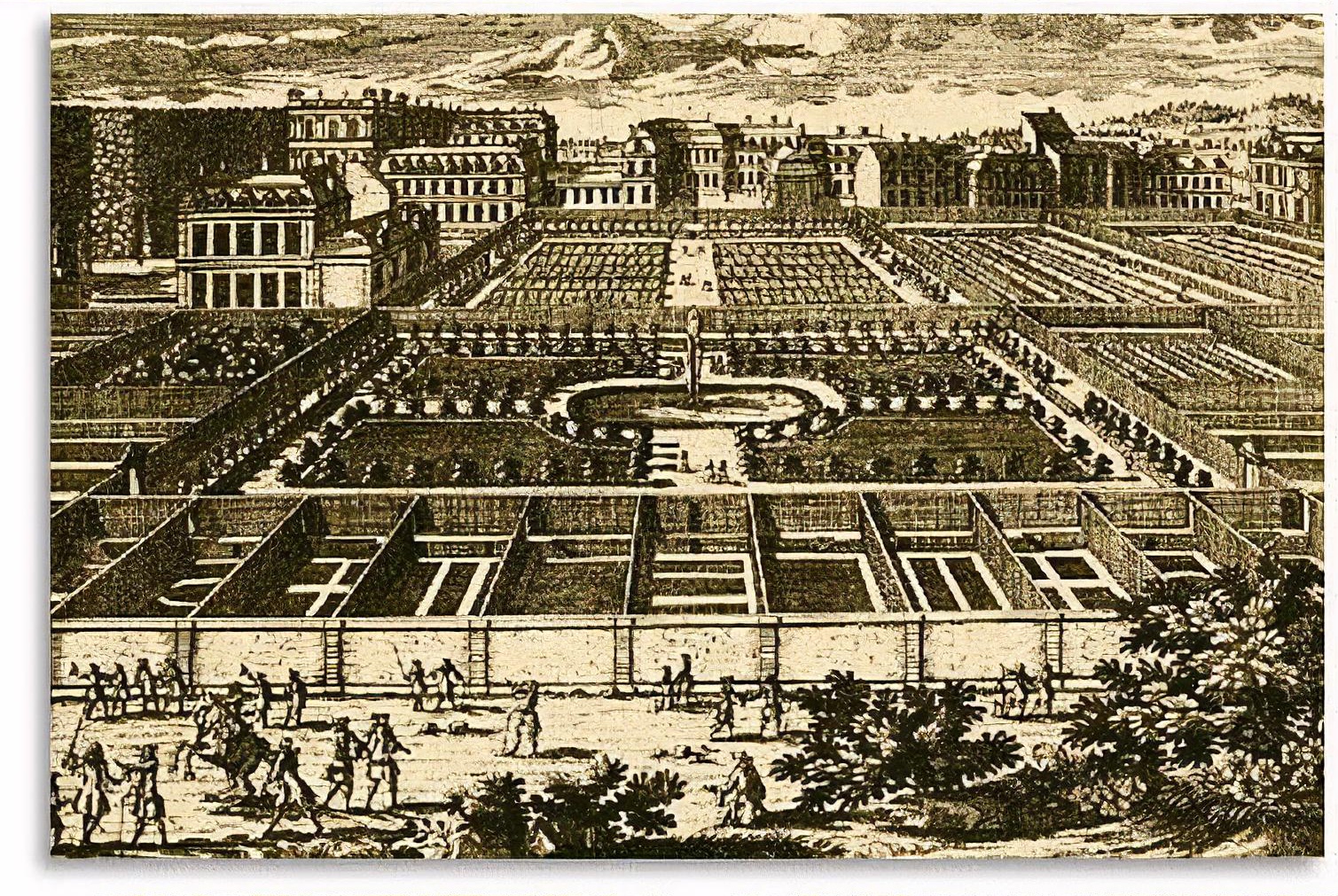
The grand potager, can be seen in The Potager du Roi Versailles, which produced the fruits and vegetables for the court of Louis XIV and in its prime required thirty experienced gardeners and covered 25 acres, incorporating twelve thousand trees and twelve individual production areas.

Another example of a high school potager can be seen at Chateau Villandry, where the very practical meets the glorious, ornamental lattice gazebos and fountains raised the kitchen garden into the realms of the romantic and wholly aesthetic.
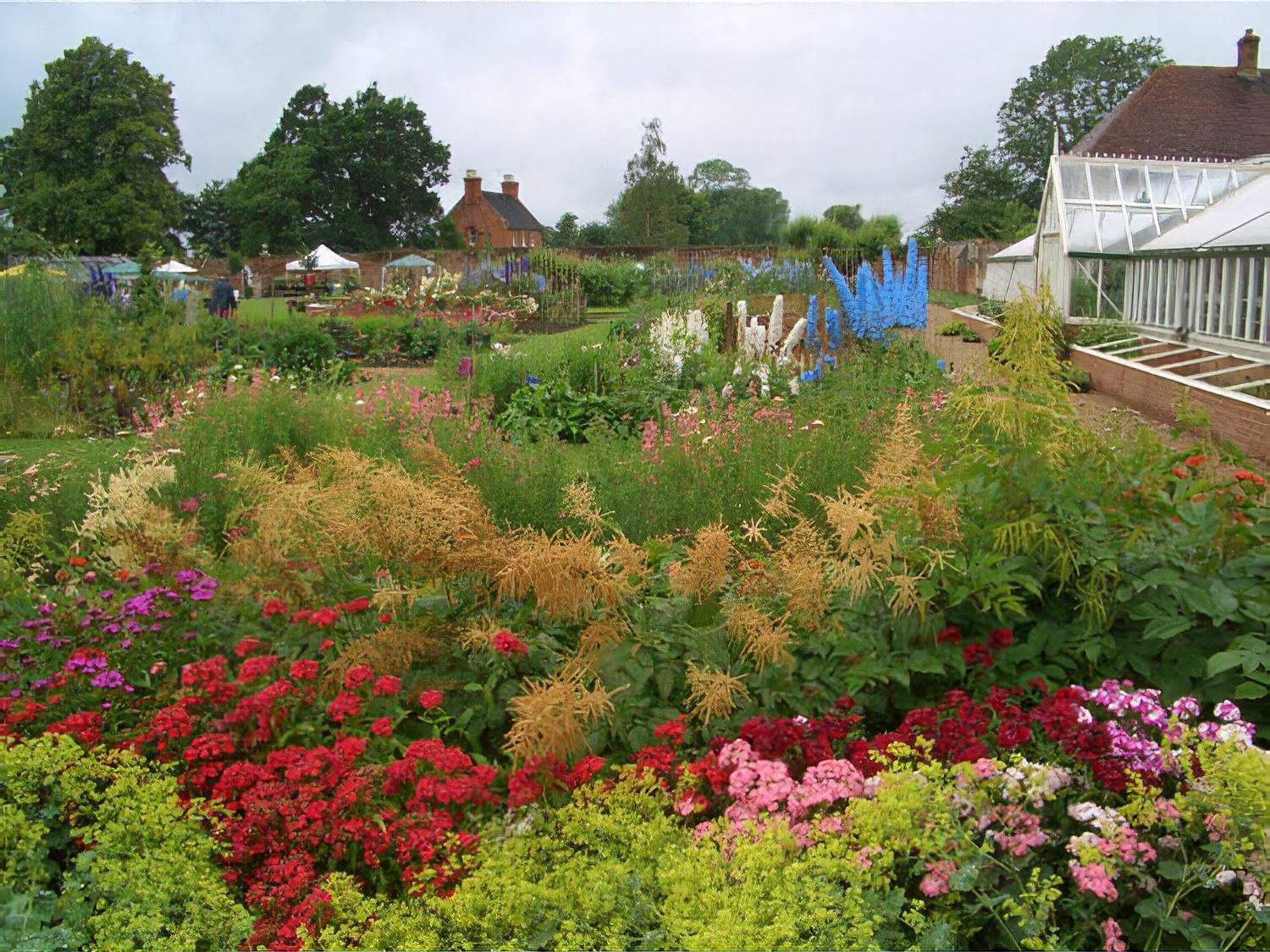
The English equivalent can be observed at Godinton House, Kent, where a large walled kitchen garden includes a superb collection of Delphiniums and cut flower beds; a lot less formal than the French grand potager, with a distinctly English atmosphere, the English grand walled kitchen garden still used the basic principles of aesthetics and practicality.
Make your own potager
So how to re-create this at home? Such grandiose ideals however are not open to the majority of us, but creating the romantic, practical potager very much is, even in a small space. Combining edible crops with ornamental flowering plants may not be a formal Garden de la François, but is very much more a contemporary copy of the monastic original.
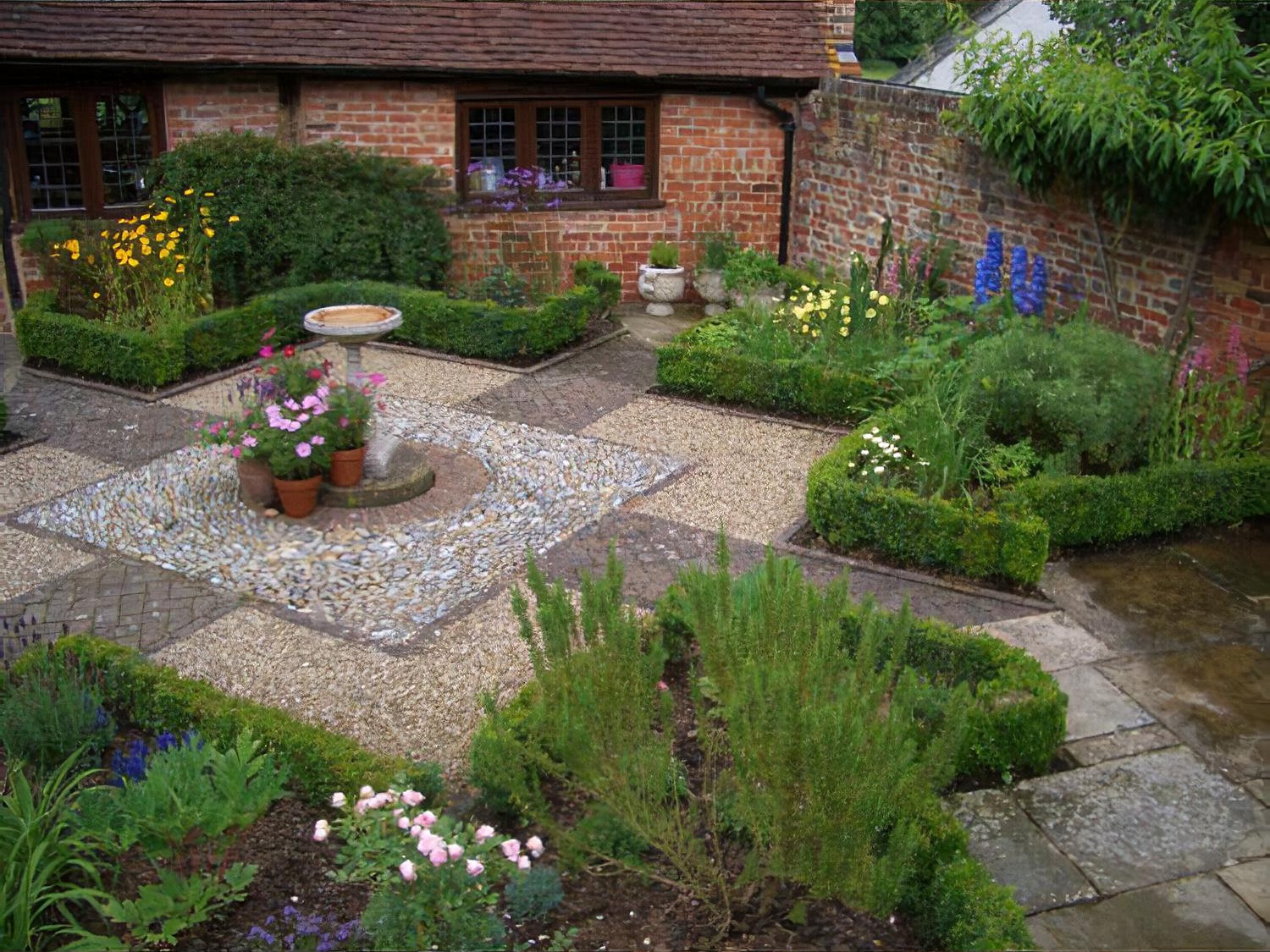
When I restored a large ornamental garden in East Sussex, the original Kitchen garden was in a state, it had been completely over run by mint and nettles. The box hedging was overgrown in some areas and completely dead in others. I painstakingly dug out every bed to a depth of 2 feet and fed, pruned and re-planted the box hedging and added a mix of topsoil and organic matter (well rotted horse manure). Bulbs were planted in the early autumn and the ground left to settle over winter, the bulk of planting took place the following spring.
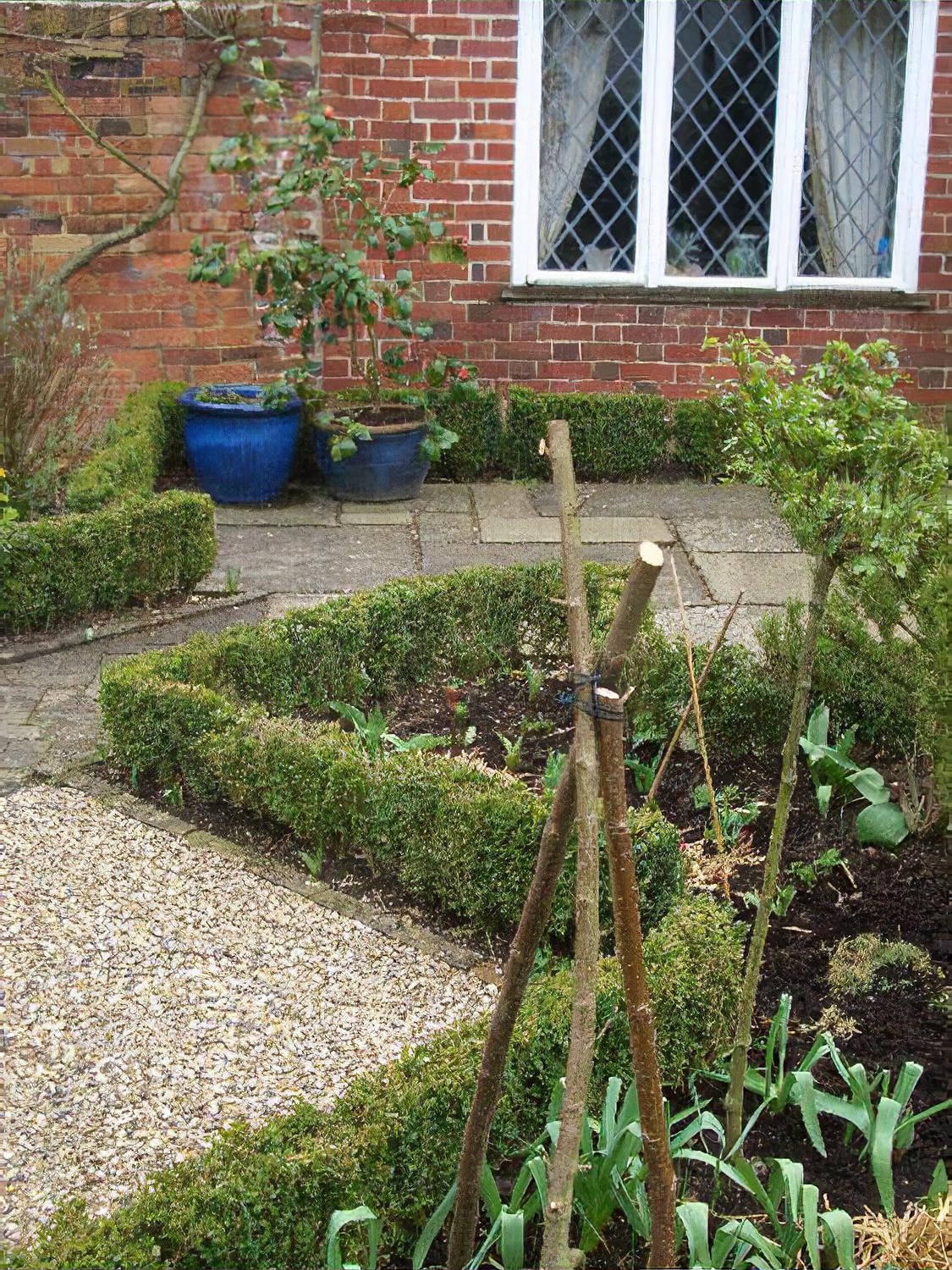
Although, not a geometrically symmetric design, the bare bones of this kitchen garden lent itself to a modern utility potager, with the added benefit of perennial flowering plants and small medicinal shrubs, that would be both useful and give colour and interest all year round. A modern potager, in my view, needs to supply the gardener with fresh edible crops, cut flowers, herbs and all season interest, in the form of organic and if possible hard structure. This particular plot was the size of a typical backyard, so size definitely isn't an issue, in producing a useful potager.

In a small space, using perennials as well as annuals means you can have all year structure and interest. The potager was under planted with tulips, ornamental and edible alliums and annual Papaver somniferum (poppy), Nigella, Cosmos and Tagetes (Marigolds).
These flowering plants have multiple benefits; providing food for insects, Tagetes in particular attracts pests away from the edibles while providing ornamental colour and form. I also used a number of cottage garden favourites to bring an undeniably English feeling to what could have been a potentially severe and formal garden planting scheme, Delphinium "Pacific Giants", gaudy flowering small bush roses, Verbenna bonariensis, Coreopsis and Verbascum. An original Nectarine, badly neglected, was pruned, fed and initially re-trained along a wall. Obelisks of willow were built to support Sweet peas, Peas and Broad Beans. Carrot, Beetroot and salad green seeds were grown in informal drills. The overall effect was of controlled chaos, formal in its hard structure and box hedging, but informal in its planting scheme.

Therefore creating a potager is initially about design and preparation and of organising the site into usable and easy to access beds, it then becomes easy, low maintenance and useful. I could wax lyrical about all the plants that would lend themselves to such a design, but I've listed a few that make particular impact with minimal space, relatively drought tolerant and attract insects.
Artemisia absinthium, a sweet smelling sub shrub, that can be pruned hard to keep small, Rosemarinus officinalis (Rosemary), Lavandula "Hidcote" a hardy, robust Lavender species, Delphinium " Pacific Giants" a large plant, but adds instant effect and glorious cut flowers and Allium "Purple Sensation", perfect for cut flowers.
Charlie Bloom www.charliebloomsgardendesigns.co.uk
